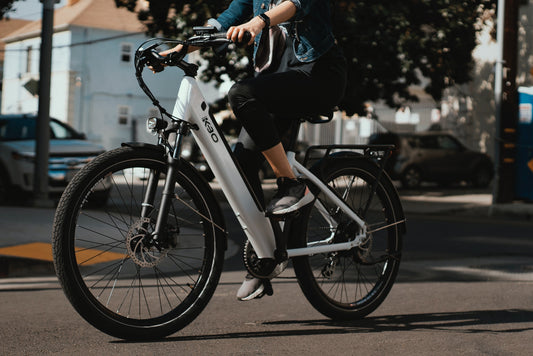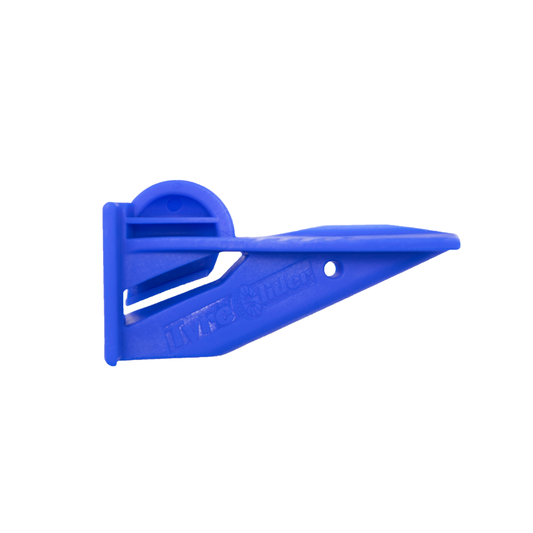er-res-uh-stans
Noun
The resistance caused by air when cycling.
Example usage: Riding into a strong headwind can create a lot of air-resistance.
Most used in: Areas with strong winds or high altitudes.
Most used by: Cyclists who ride in windy conditions or mountainous terrain.
Popularity: 8/10
Comedy Value: 5/10
Also see: Aero drag, Aerodynamic drag, Wind resistance, Drag coefficient,
What is Air Resistance in Cycling?
Air resistance, also known as aerodynamic drag, is the force created by air pushing against an object as it moves through it. In the context of cycling, it is the force created by the air pushing against the cyclist and their bicycle as they move forward. It is the primary source of resistance that cyclists have to overcome in order to move forward.
The magnitude of the air resistance force depends on a few factors, such as the speed of the cyclist, the density of the air, the frontal area of the cyclist, and the coefficient of drag of the cyclist and their bicycle. The faster the cyclist is going, the greater the air resistance force will be. The density of the air also plays a role, as an increase in air density will increase the air resistance. The frontal area of the cyclist is the total surface area of the cyclist and their bicycle that is exposed to the airflow. The coefficient of drag is a measure of how streamlined the cyclist and their bicycle are, and a lower coefficient of drag indicates a more aerodynamic design.
Studies have shown that air resistance can account for up to 90% of the total resistance that a cyclist has to overcome. This means that most of the cyclist's energy is spent overcoming air resistance, and as a result, reducing air resistance is one of the most important factors for improving cycling performance. By using aerodynamic equipment, such as aero helmets and aero handlebars, cyclists can reduce their coefficient of drag and reduce the amount of air resistance they face while cycling.
.The Origin of the Term 'Air-Resistance' in Cycling
The term 'air-resistance' was first used in the context of cycling in the early 20th century. The term was coined by French cyclist and cycling coach Pierre Quilici in his book, La Résistance de l'air et le vélo (Air Resistance and the Bicycle), published in 1911. Quilici's book was the first to describe the effects of air-resistance on a cyclist's performance.
Quilici was a professional cyclist in the early 1900s, and he had a passion for understanding how air resistance affects a cyclist's performance. He experimented with different cycling positions and speeds to understand the effects of air-resistance, and his experiments led to the term 'air-resistance' being used in the context of cycling.
Since Quilici's book was published, the term 'air-resistance' has become a common term in the cycling world. It is used to describe the drag a cyclist encounters when riding in windy conditions or against a headwind. The effects of air-resistance can have a significant impact on a cyclist's performance, and understanding it is an important part of any cyclist's training.












